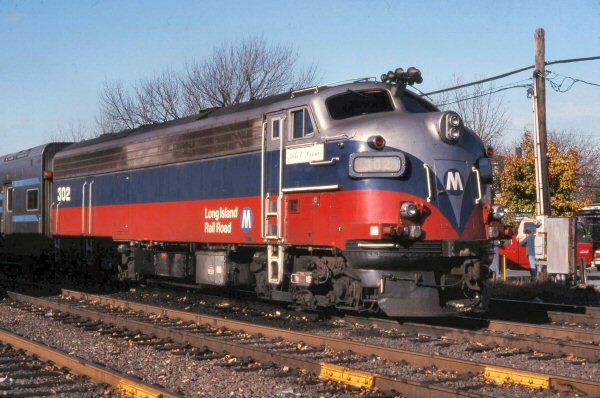Since I have been asked or answered questions regarding this topic at times, I offer this as a new topic. We were tending to stray from other topics at hand, so here goes if anyone is interested. This all occurred over twenty years ago, so at times I may have to dig through records for answers. Memories fade.....
Last edited by 452 Card on Wed May 04, 2011 7:51 am, edited 1 time in total.
Wheelslip! Back to the Barn.
MOTEL
MOTEL
